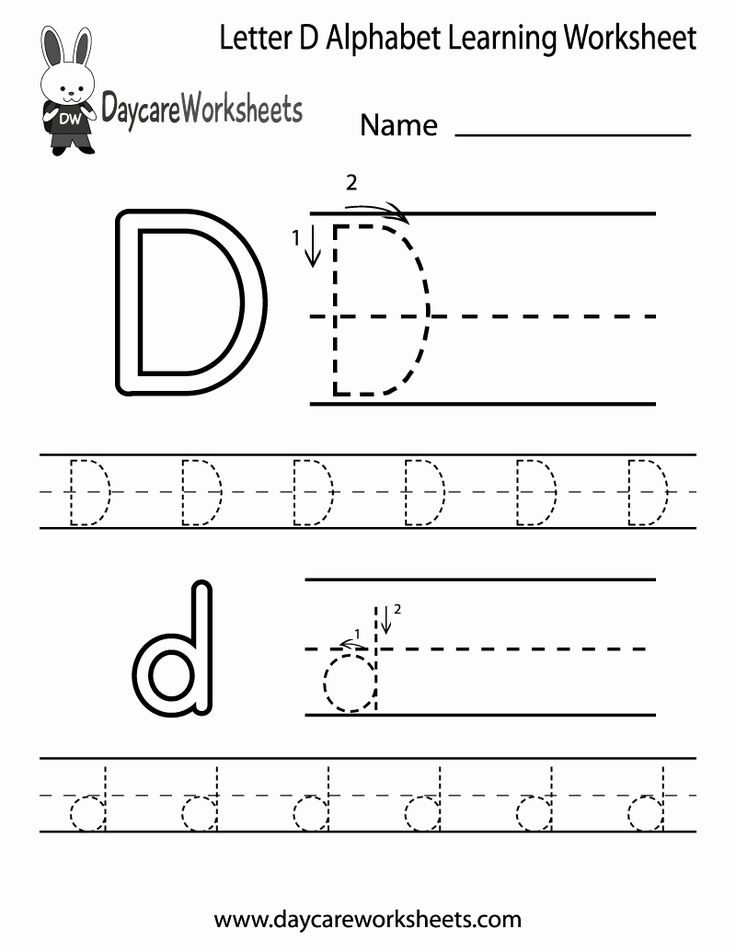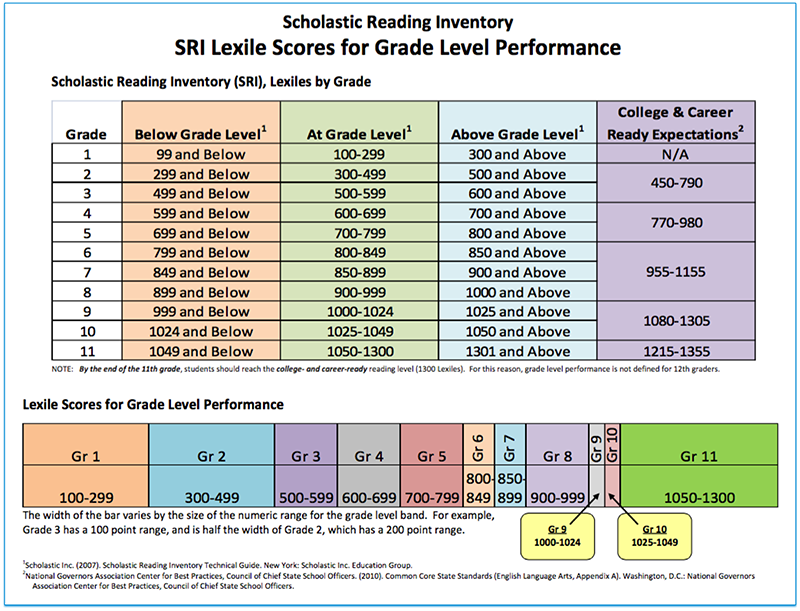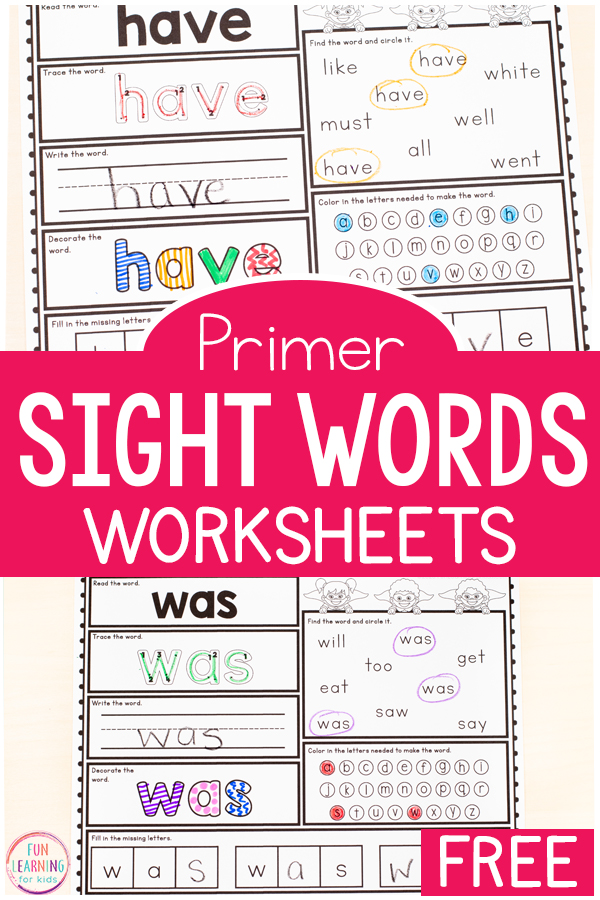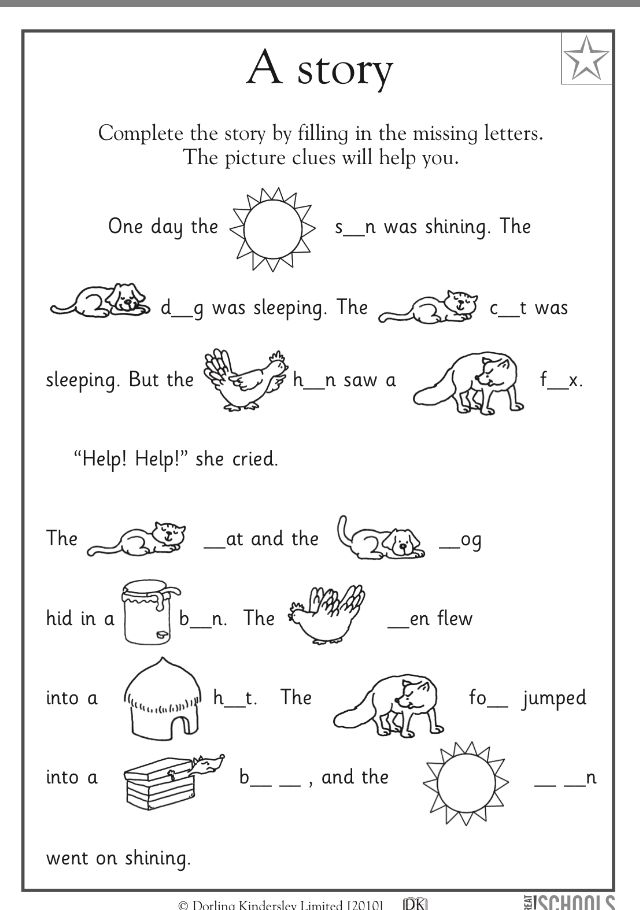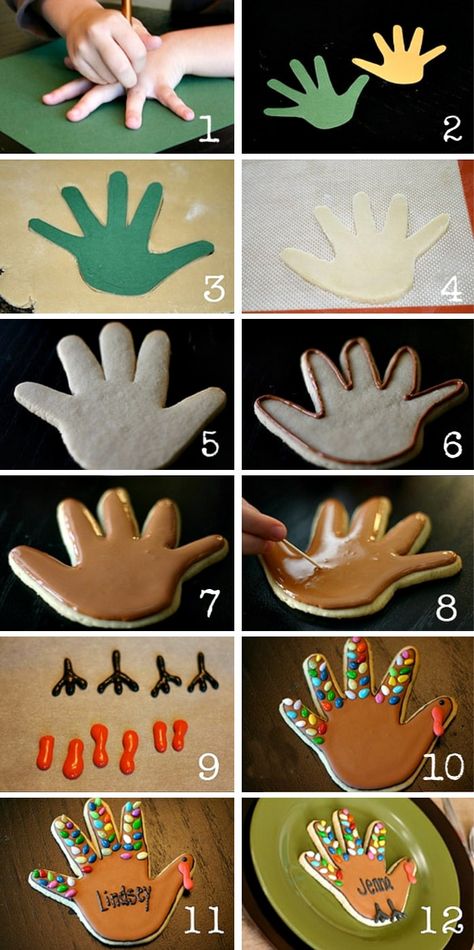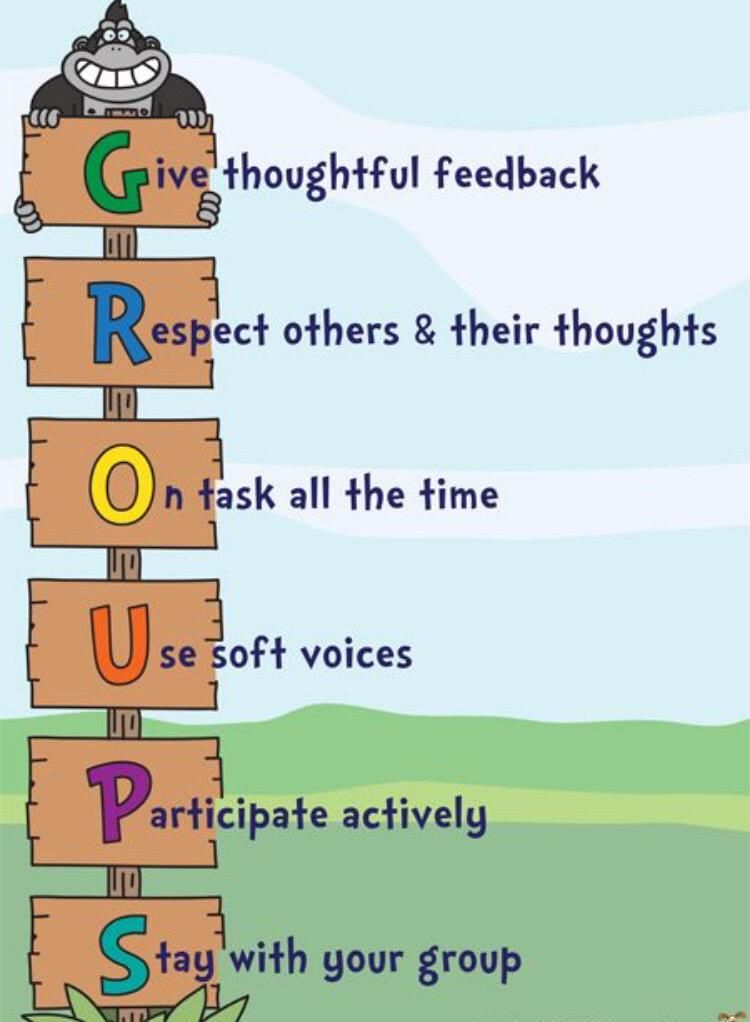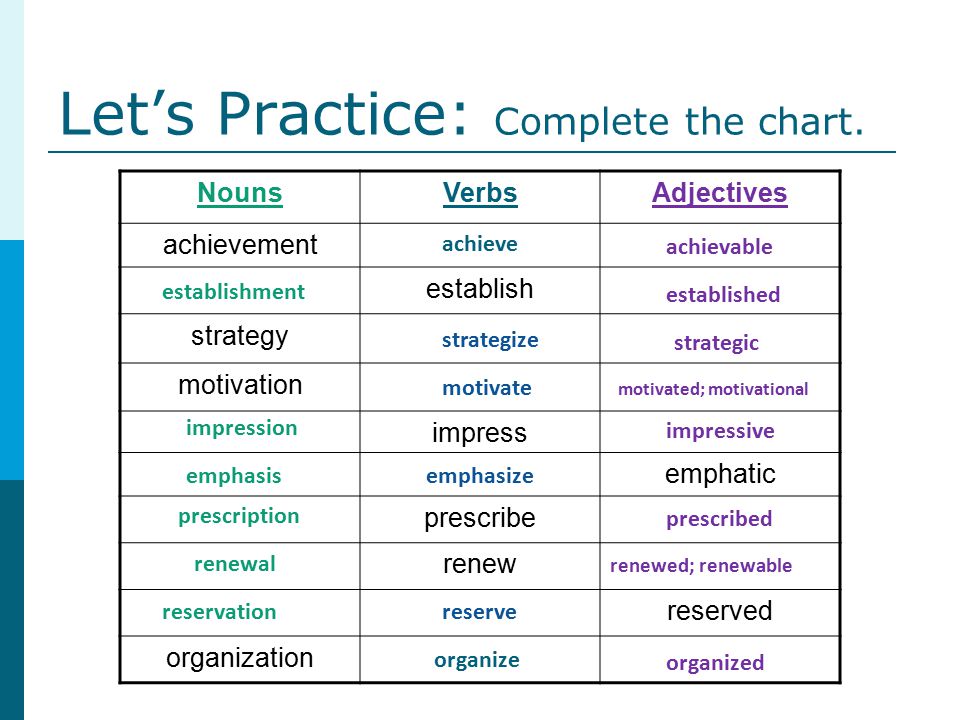How does a child learn through play
How Do Children Learn Through Play?
As an adult, Albert Einstein remembered a pivotal event in his life that inspired his interest in scientific discovery. He was four or five years old and stuck in bed with a childhood illness when his father handed him a magnetic pocket compass to play with. He spend hour twisting the compass, wondering how the needle always knew to point towards the north.
The book Internet Invention: From Literacy to Electracy , quotes Albert Einstein on how playing with that compass inspired his love of science. "I can still remember," he wrote, "that this experience made a deep and lasting impression on me. Something deeply hidden had to be behind things."
As a parent, you probably love to see your child playing. It’s incredible to hear their ideas and to learn about the new worlds they create. It’s also fun to see how creative they can be as they put their imagination to use in learning about the world around them.
Play is far more powerful for children, however, than many parents realize.It’s actually the key to learning. Researchers and educators across the world have found that play can help enrich learning and develop key skills such as inquiry, expression, experimentation, and teamwork.
Schools that use the Montessori education focus on encouraging children to learn through “meaningful play.” According to the book, From Play to Practice: Connecting Teachers' Play to Children's Learning, “meaningful play” has five characteristics. It:
- Gives the child a choice about what he or she wants to do
- Feels fun and enjoyable for the child
- Evolves spontaneously, rather than giving kids a script to follow
- Is driven by intrinsic motivation about what the child wants to do
- Creates a risk-free environment where kids can experiment and try new ideas.
In meaningful play, children are active participants. For example, instead of passively taking in a lesson, children take on roles alongside their peers and respond to the other children according to the rules of play that they’ve created.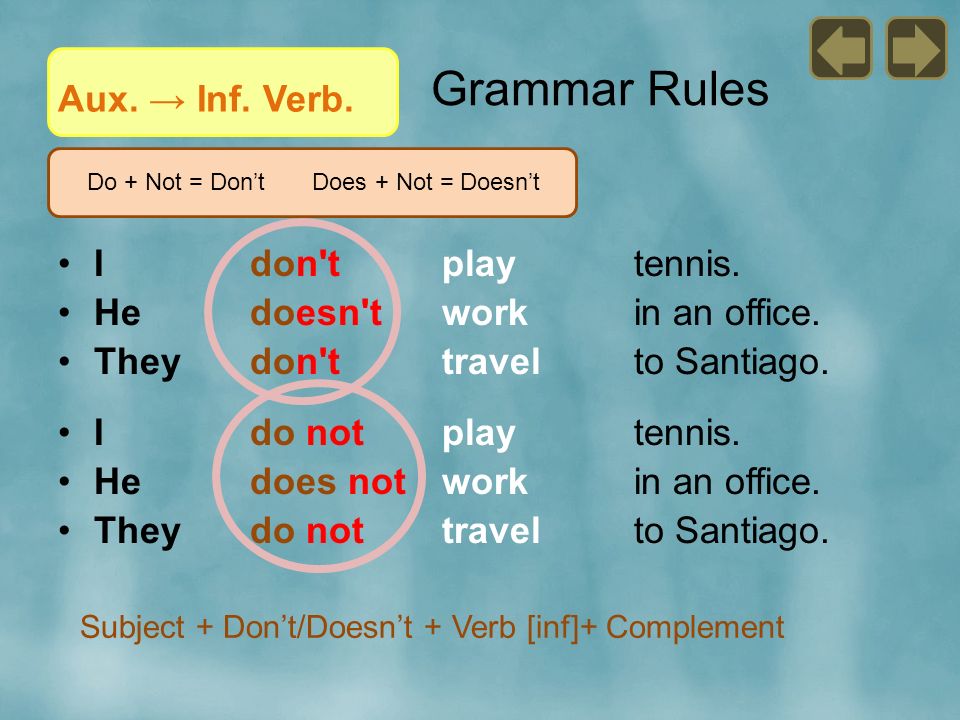
While “rules” may seem counterintuitive to the idea of free, voluntary play, a system of mental rules is actually one of the other key features of play. Children may state these explicitly, form them collaboratively or follow a selected leader, or have an inherent sense of what governs the terms of their playful engagement. This active, pleasurable negotiation of rules and symbols can offer a number of learning benefits.
How Do Children Learn Through Play?
In her TedX Talk talk, Professor Doris Fromberg, Director of Early Childhood Teacher Education at Hofstra University, explains why play is such an important part of the learning process for children.
We need to consider that young children learn in quite different ways [than adults]. They learn by comparing physical experiences, by interactions with other people and their own feelings. And they learn an enormous amount through their imagination.... Play is what pulls together the logical and creative parts of the brain.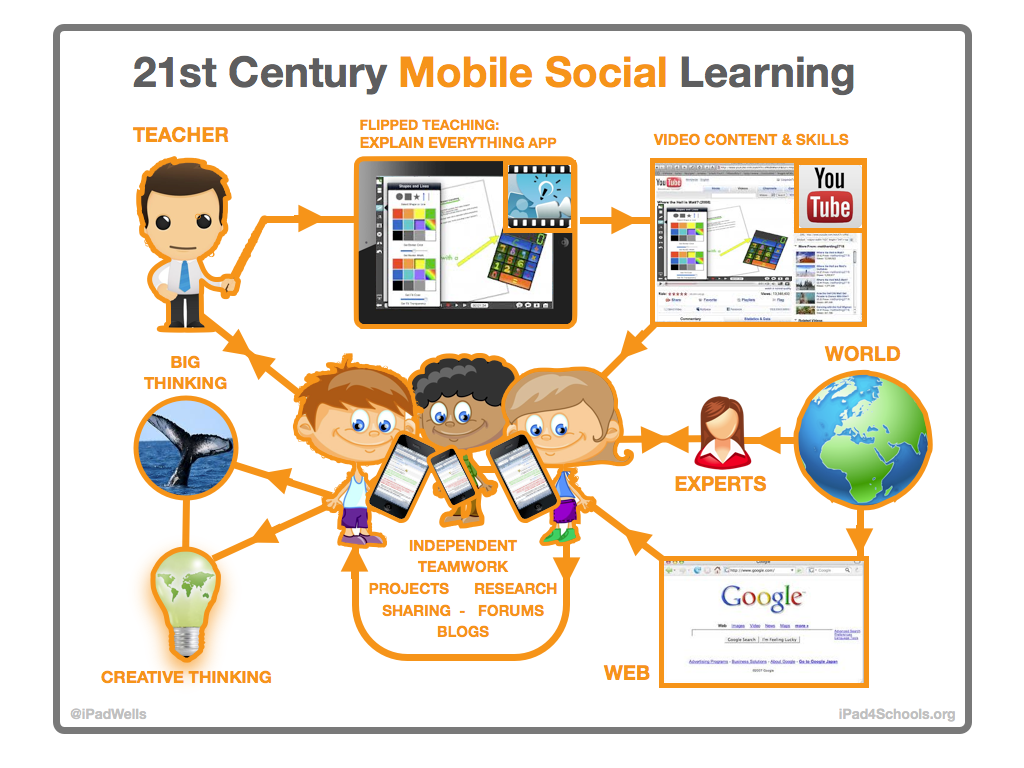
For young children, play is often a full body activity that helps them develop skills they will need later in life. Running, dancing, climbing, rolling—these activities all foster muscle development and help fine-tune motor skills. Children also build their mental and emotional muscles as they create elaborate, imaginative worlds rich with a system of rules that govern the terms of play.
University of Denver researchers Elena Bodrova, Carrie Germeroth, and Deborah J. Leong found that children teach themselves to regulate their emotions and think before they act when they play. For example, if a child is pretending to be Olaf from Frozen, they may pretend they’re melting when they come inside or insist that they like warm hugs. In each case, they consider how their actions will correlate with how Olaf should act in a given situation.
This role playing helps children build social skills and helps them become the kind of adults who are able to thrive in a range of personal and professional environments.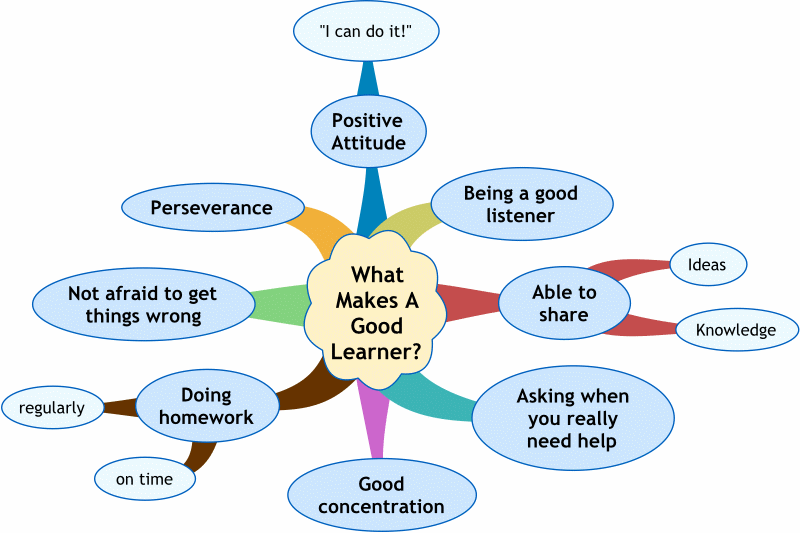
Why It’s Important to Include Play in the Classroom
In an academic setting, play can also help children learn and grow. Teacher-initiated play is a close cousin to inquiry based learning. At Whitby, our early child educators ask children questions about the rules and process that govern the play, and then encourage children to make connections to the wider world through their own body of knowledge.
Dr. Angeline S. Lillard, author of Montessori: The Science behind the Genius, wrote about about how Maria Montessori encouraged educators to use play as a part of the learning process.
[In a Montessori classroom] teachers guide learning within structures but do so playfully and loosely, with particular focus on the goals they have in mind... the Montessori education resembles playful learning.
We’ve seen this at Whitby. When we take a play-based approach to combining different subjects, we’ve found that teachers can create an educational experience greater than the sum of its parts.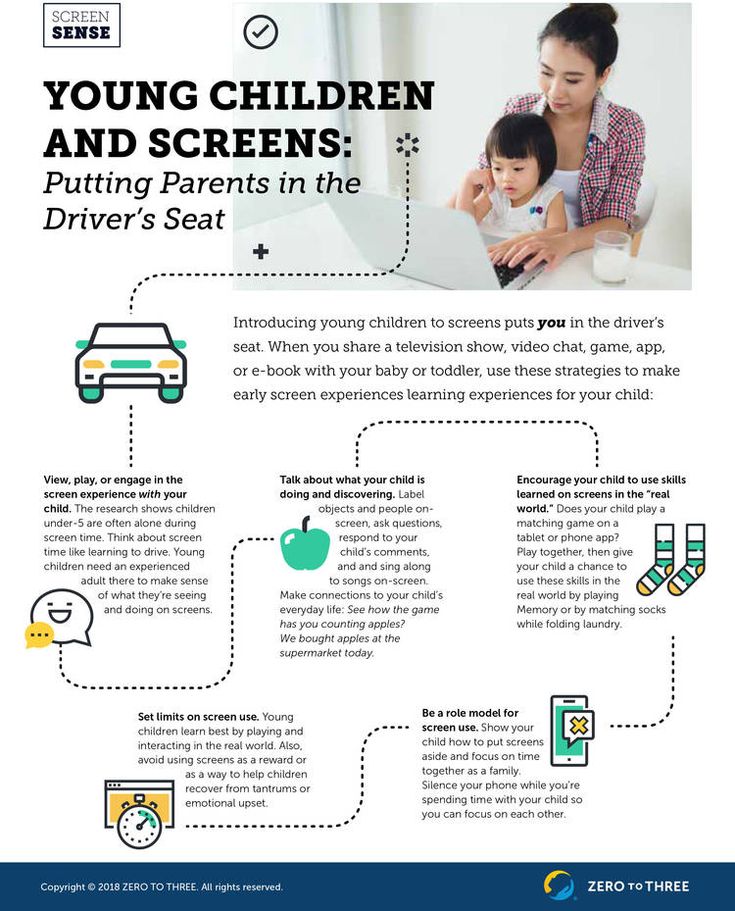 Students learn critical thinking skills, develop their language abilities, expand their range of knowledge and increase their social emotional awareness—all without realizing how much they’re learning.
Students learn critical thinking skills, develop their language abilities, expand their range of knowledge and increase their social emotional awareness—all without realizing how much they’re learning.
Maximize Learning Through Play
From offering children a chance to ask questions, problem solve, work collaboratively and conduct structured experimentation, play is a key component of learning at Whitby. One way that Whitby teachers bring a sense of play into the classroom is by taking an activity-based approach to nearly every subject.
For example, when our teachers read a book aloud, they encourage young students to turn each page and follow each word with their fingers. They can also prompt students to talk to each other about the content, and to talk about the associations it sparks from their own lives. Teachers also engage kids’ imaginations and sense of curiosity by asking “What do you think will happen next?”
Students are also given an opportunity to bring stories to life through dramatic play.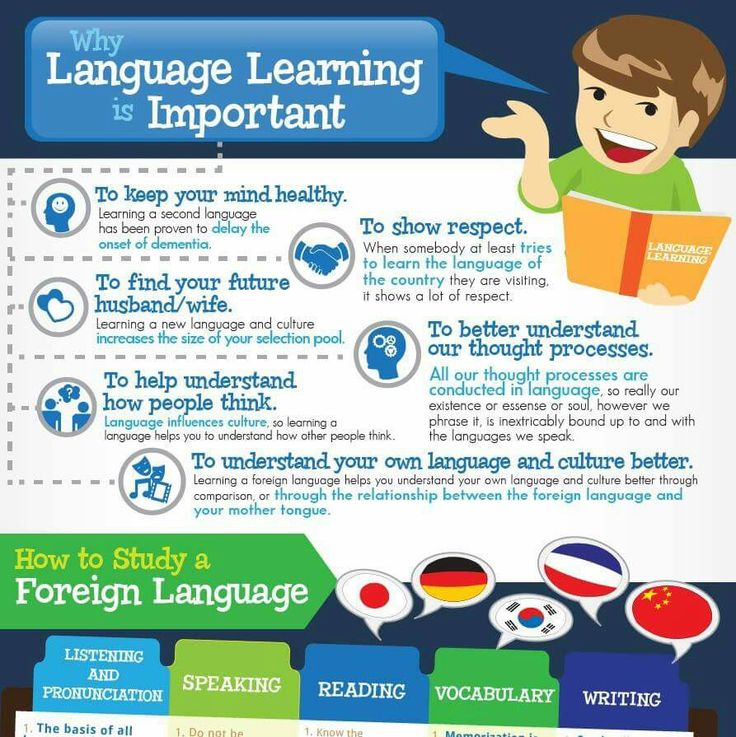 When children are given opportunities to act out scenes and express themselves, they improve their social confidence, increase their ability to see the perspectives of others and increase the attention they give to the literature.
When children are given opportunities to act out scenes and express themselves, they improve their social confidence, increase their ability to see the perspectives of others and increase the attention they give to the literature.
Play gives children a chance to practice what they’re learning.
- Fred Rogers
At Whitby, we seek to teach children that learning is not just a formal activity they do in the classroom—it’s actually a lot of fun! One of our goals is to give kids opportunities to wonder, question, work as a team, experiment, play with different possibilities and investigate subjects that interest them. For example, in our 3D printing class, educators give students the opportunity to design an object from their imagination. Then they ask students to explain, “Why did you make that?” “What did you make it out of? What is the purpose of that object?”
This teacher engagement supports children in their creativity, while also challenging them to think about why they chose to create an object. It also requires them to think through the challenges they solved in creating it and helps them become more confident in their problem solving abilities.
It also requires them to think through the challenges they solved in creating it and helps them become more confident in their problem solving abilities.
Help Your Child Learn Through Play
Our goal at Whitby is to help students learn to ask questions, express themselves, collaborate with others, and take creative risks. We also want them to retain their natural curiosity and to never lose the excitement of learning something new. All those things are achieved by making learning fun for children.
Find out more about how you can help your child learn during our upcoming Parents as Partners parenting classes. We will be presenting on “Play as a Powerful Learning Tool” on Thursday, March 17. Click the link below to attend.
Benefits, Ideas, And Tips For Families
We all know kids love to explore and play, but are some ways of playing better than others when it comes to learning through play? How is this style of learning different from regular child’s play?
Our experts at HOMER have compiled a comprehensive list of simple ways to get started with learning through play, plus tips to ensure your child thrives while they engage in various styles of play.
Let’s discover what learning through play means, what the benefits are, and how you can easily implement this valuable learning style at home.
What Is Learning Through Play?
While playtime might sometimes come across as unstructured or frivolous, it’s actually an important part of your child’s development and teaches them valuable life skills.
From playing with blocks to learning about balance and determining which shapes fit together to recognizing letters more easily, engaging in play can teach your child a lot about the world around them.
The many benefits of learning through play include:
- Improving communication skills
- Developing problem-solving abilities
- Teaching conflict resolution
- Nurturing creativity
- Encourages relationship-building
- Promoting independence
- Making meaningful discoveries about the world around them
- Motivating exploration
Academic Learning Vs. Play-Based Learning
Academics are the main focus of many early childhood learning programs.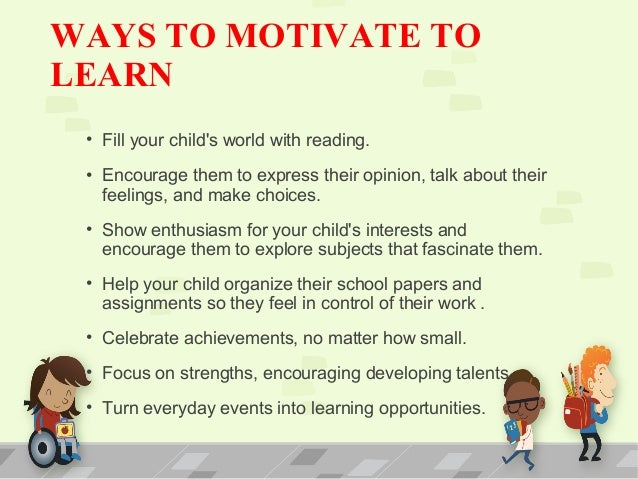 With these, teachers develop structured curriculums to help kids learn the alphabet, numbers, colors, shapes, and more.
With these, teachers develop structured curriculums to help kids learn the alphabet, numbers, colors, shapes, and more.
This means that the adults are the ones who determine the process of learning, timelines, objectives (i.e., learning colors, letters, etc.), and everything else in-between. On the other hand, learning through play involves more child-directed activities.
While learning-through-play experiences can foster numeracy and literacy, they also help children grow holistically. This includes building their confidence, encouraging them to be naturally inquisitive, and furthering their social-emotional development.
Now that you know a bit more about the idea behind learning through play, let’s take a look at the benefits of this learning approach.
Key Benefits Of Playtime
Play Is Fun
When you see kids playing, their smiles and laughter can be infectious. That’s because playing is fun!
Not only does it provide a healthy endorphin release, but it also allows children to think creatively and use their imaginations to go to pretend lands, become different characters, and develop critical thinking skills.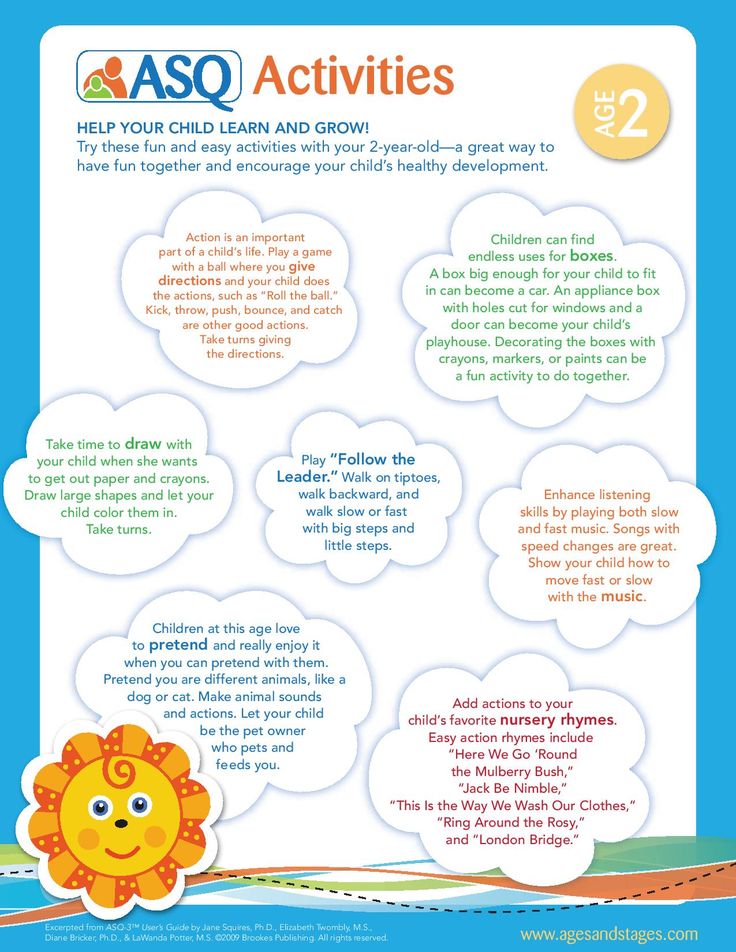
Play Encourages Social Interaction
While there’s nothing wrong with allowing children to play by themselves (in fact, it’s encouraged), there’s something special that happens when kids play together.
They get to communicate their unique ideas to others and listen to other people’s perspectives. In addition, they learn other important social skills, like compromising, teamwork, and so much more.
As they play with others, children have opportunities to work through the challenges and frustrations that may occur.
For example, your child might express things like:
- Why can’t I go first? Tom always gets the first go, and that’s not fair.
- Skipping is so hard. Everyone else seems to be better than me.
- Sarah wants to do it her way, but I have good ideas, too.
By learning how to work through these frustrations and problem-solve with others, your child develops the skills they need to build happy, healthy, and meaningful relationships.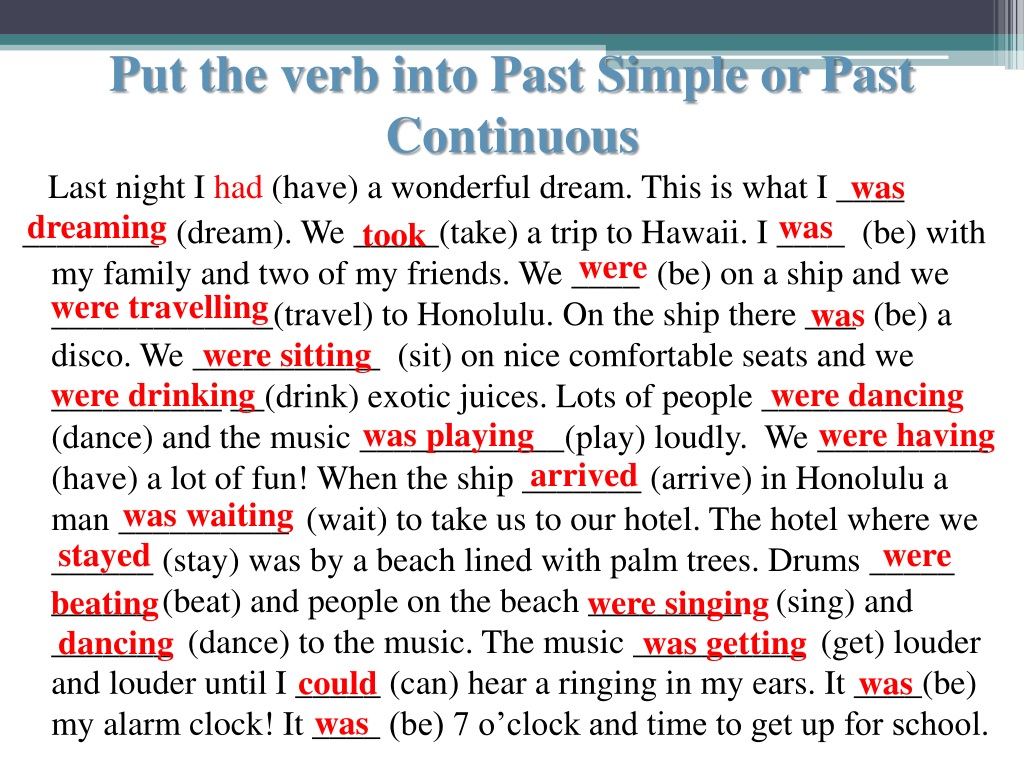
Play Actively Engages Kids
Depending on the activity, children get the chance to touch, hear, smell, or mold objects they’re using during play. They get to practice skills they’ve learned, develop new ones, test out various possibilities, or even discover new challenges.
This combination of using their senses, stretching their minds, and having physical engagement with the activity in front of them helps children learn and develop.
As a result of such interactions, children get the chance to make sense of the world around them.
Important Elements Of Learning Through Play
For playing to actually have the benefits mentioned above, there are a few key elements that need to be present. Let’s take a look.
1) Enjoyment
This is probably the most obvious point on our list and reiterates what we mentioned above. But the reason kids love to play is that it’s fun! That’s why play needs to be an enjoyable experience for them.
Of course, there will inevitably be disagreements here and there or challenges to overcome, but overall, children should find what they’re doing pleasurable.
2) Flexibility
Too often, adults get fixated on structured learning and reaching specific outcomes. While there’s nothing wrong with having objectives in mind before starting to play, it’s also essential to be flexible.
This means allowing kids the freedom to explore and discover through their activities.
For example, if, during a painting activity the goal was to teach your child that when they mix their blue and yellow paint, they get green, don’t be upset when they mix in red instead of blue by mistake. Now, they’ve discovered how to make orange!
3) Children Leading
Sometimes, when we as adults initiate an activity, we want to lead our children through it. This is because we often feel that we know what’s best.
There’s nothing wrong with helping our kids figure some things out, but it’s also exciting to see them use their own minds to tackle a particular obstacle they’re facing. Try to give your child the opportunity to lead — let them decide how they’ll play and even for how long.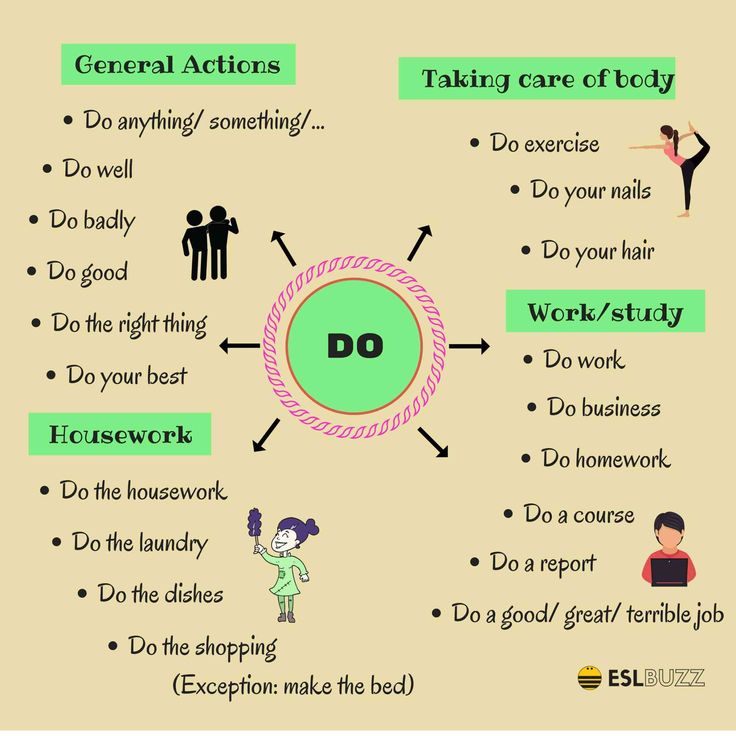
You can then focus on making sure that everyone involved stays safe (this is especially important if the activity involves sharp objects like scissors) and offer suggestions as needed.
Stages Of Play
Learning through play comes in many forms and stages that will carry your child through their developmental years.
Starting with unoccupied play, this stage usually begins between birth and 3 months of age when children start to learn about their bodies and the simple pleasures of kicking their legs.
Solitary play is the next recognizable stage. You might notice your child using their focus to play alone with toys and their organizational skills to make sense of the activities they engage in. Playing alone is completely normal and necessary for development.
In onlooker play, your child may start to observe other children playing. Their brain is busy learning about how to interact with others.
Similarly, in parallel play, your child might play their own game or activity (like PlayDoh or cars) next to another child who is also playing — they’re playing separately, together.
When your child is ready, they’ll begin to engage in associative play. Here, your child gets to put the social skills they’ve been learning into practice by interacting with others. This might look like sharing materials for a craft project or building structures out of blocks together.
Finally, cooperative play is all about sharing resources and working together to achieve a common goal. This stage of play involves utilizing social skills and establishing rules, which can involve healthy conflict resolution and negotiation skills.
It’s important to note that the stages of play should be used as a guide and not hard-and-fast rules. Just because your child has ‘aged out’ of the solitary play stage doesn’t mean they won’t still enjoy it from time to time as they grow up.
Learning through play is about the engagement and enjoyment your child will experience in the moment rather than aiming for a particular end result — just enjoy the process!
Learning Through Play: Ideas By Type
There are many different ways your child can learn through play. We’ve compiled a list of ideas to get you started!
We’ve compiled a list of ideas to get you started!
We’ve divided these ideas into categories based on different types of play, but remember they aren’t mutually exclusive — it’s possible to engage in multiple types of play at once.
These play ideas are great for children playing alone, with an adult, or with other children. It all depends on your child’s needs and what they enjoy!
Physical Play
Physical play involves developing motor skills and focuses on moving your body. Any activity that involves running, jumping, climbing, crawling, or practicing balance counts as physical play!
Try incorporating ball games, chasing balloons or bubbles, dancing to music, or creating an obstacle course in the backyard to encourage physical play among children.
Language Play
Children are developing their language skills every day, so encouraging language play is a fun way to build on what they’re learning.
Language play should begin with verbal play, such as riddles, rhyming games, and making up stories.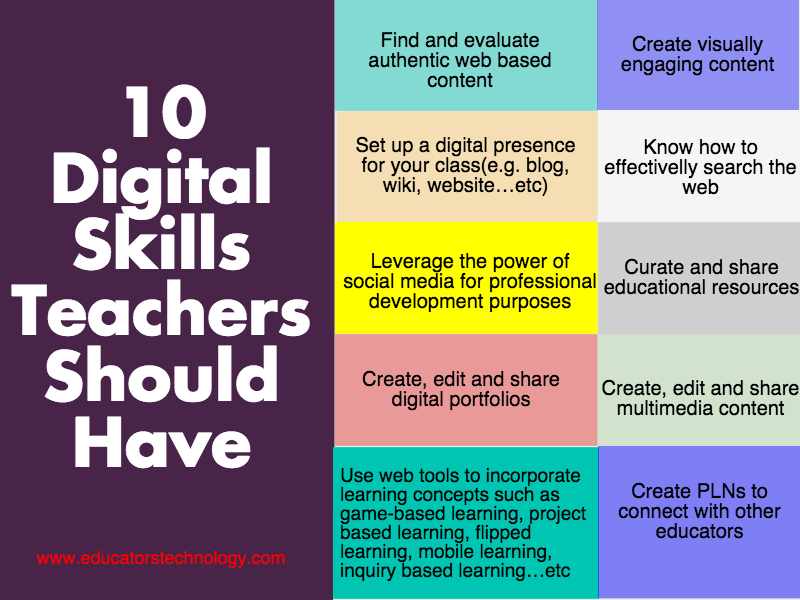 Then you can move on to literacy-based language play, like what we offer at HOMER.
Then you can move on to literacy-based language play, like what we offer at HOMER.
We’ve compiled lists of our favorite writing and spelling games to help you get started enjoying language play! Our Explore Letters Kit is another way to support your child as they develop their literacy and language skills through play.
From developing their imagination to fostering their early writing skills, our Explore Letters Kit acts as the perfect supplement to language play!
Exploratory Play
Children are inherently little explorers, so it’s no surprise that a key type of play is exploratory in nature! This play style is all about your child using their senses to learn about the world around them.
This can be as simple as playing with mud, making slime, creating figures out of PlayDoh, finger painting, or even playing with different textures of food (think squishy pasta versus hard potatoes).
Exploring outdoors with adult supervision is another simple way to get started.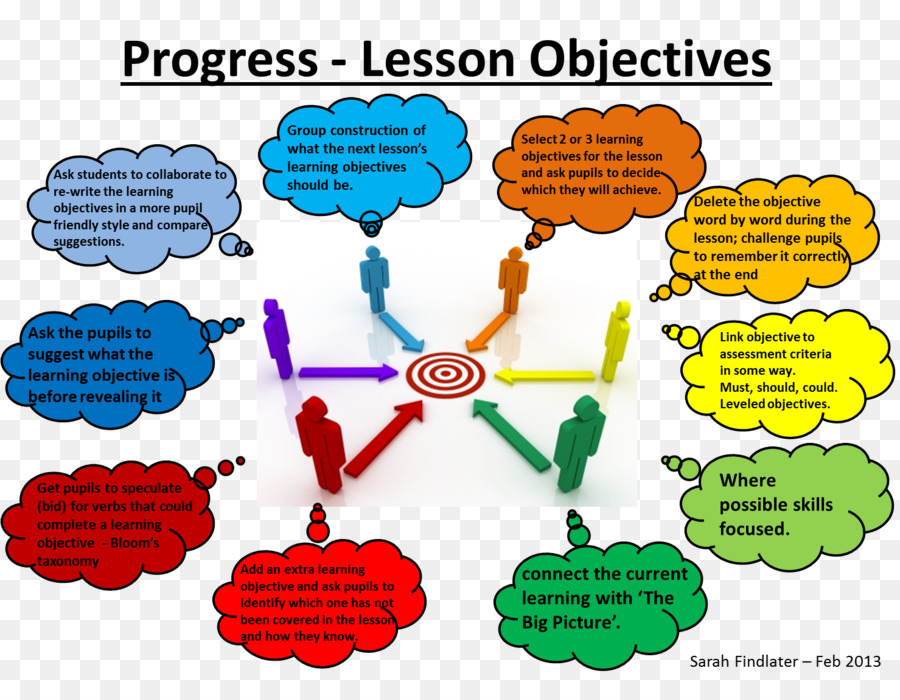
Constructive Play
Constructive play gives children the opportunity to utilize their imagination, fine motor skills, and creativity.
It also provides an outlet for self-expression and teaches children that they can bring the pictures in their minds into reality!
Try drawing pictures with chalk on the sidewalk, building structures out of blocks, creating sock puppets, and using open-ended art materials such as paints, pencils, and paper to see what your child feels like creating.
Fantasy Play
Fantasy play (also called role-playing or imaginative play) is a fantastic way for your child to act out ideas they see in the world as well as make-believe scenarios they create all by themselves.
By incorporating costumes or pieces of material, figurines, puppets, and toy animals, children are free to explore and imagine without fear of judgment.
Fantasy play allows them to learn about various occupations such as doctors and firefighters, societal roles such as parents and caregivers, and fantasy scenarios such as adventures with superheroes and villains.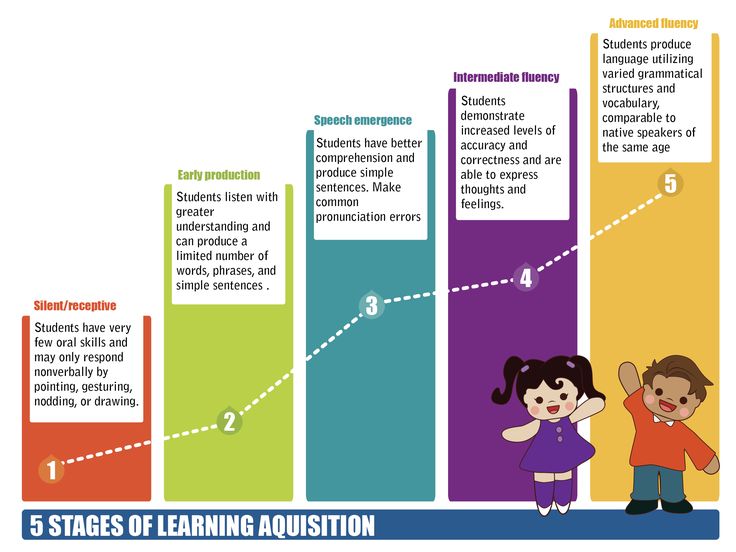
The possibilities are endless when it comes to fantasy play!
Social Play
Social play involves playing with others. This may be peers their own age, younger siblings, or older adults. It’s important for your child to learn to play with a variety of people and adapt to the needs of others.
This type of play is usually practiced during an additional style of play. For example, while engaging in make-believe play about cooking food or while playing a game of tag, your child will be practicing their social skills along the way.
Utilizing skills such as communication, negotiation, problem-solving, and cooperation is crucial in social play. As children learn and practice these skills, their ability to play in social settings will improve.
Our Explore Feelings Kit can help your child explore these new social skills in a fun, safe way! This specially designed kit provides your child with activities to foster their social-emotional skill development and promotes positive interactions with others.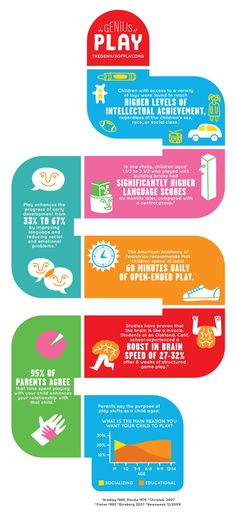
Challenges Of Integrating Learning Through Play
While the benefits of learning through play are numerous, this approach isn’t without its challenges.
Lack Of Understanding
When parents or guardians don’t understand the value of learning through play, they are not likely to encourage their children to participate in it.
Many adults still view playtime for children as having no connection with learning academic concepts. Instead, play is seen as frivolous and taking away time from “real learning.”
While some believe that the traditional way of learning (i.e., placing a worksheet in front of a child and evaluating their understanding) is the best and only way to teach children, this isn’t true.
When children play with blocks, paint, do puzzles, or dress up in costumes, they are building a solid foundation for learning shapes and colors, creative thinking, and many other important concepts.
If play is not encouraged, children may actually lose out on critical skill development.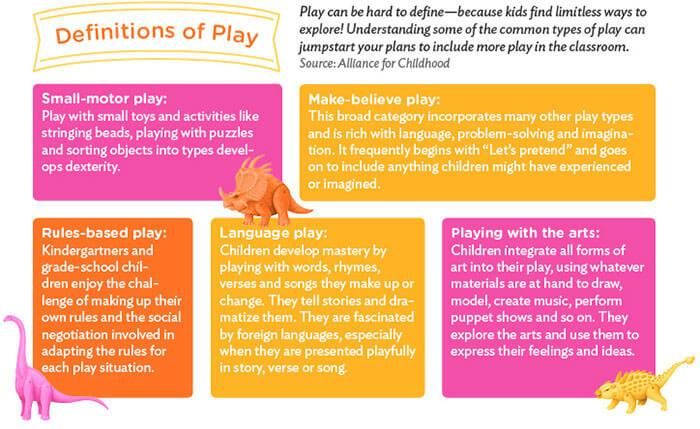
School Days Without Time For Independent Play
During the week, our children spend many of their waking hours at daycare, preschool, or school. But, unfortunately, many schools don’t have enough time in the day to allow for independent play, aside from recess.
In an ideal world, teachers would be trained in how to instill playful learning into the curriculum, but most of the time this is not a child’s school-day experience. That means the home is the perfect place to create an environment friendly to learning through play.
If you’re short on time or unsure of how to create a lineup of appropriate games or activities, our Learn & Play app is the perfect solution!
Designed for children up to three years old, this app is packed with lots of games, stories, and songs to help build a strong foundation for many important skills, such as knowing colors, shapes, the ABCs, and more.
Now that we’ve emphasized the importance of learning through play and discussed some of its challenges, let’s take a look at a few quick tips for making the most of this time!
Quick Tips For Learning Through Play
Show Interest
Showing genuine interest in your child’s play activities is a great way to encourage further positive play experiences.
Talking to your child about their play preferences, asking questions, and getting involved when your child wants you to join in can show your child that you’re interested in and supportive of their play efforts.
Playing together can also be great for your whole family! It can help build stronger relationships while your child is learning and having lots of fun.
Offer Support
You can set your child up for success in learning through play by offering support during challenging situations, such as difficulty joining in with groups.
Navigate these challenges together by intervening only when necessary, discussing your child’s feelings, and providing strategies to approach situations differently in the future, such as offering to share with others.
Follow Their Lead
When it comes to making learning through play a positive experience, it’s important not to push your child into activities they may not feel ready for.
For example, if you’ve noticed your child isn’t taking an interest in playing with other children just yet, that’s OK! They will begin to observe and eventually participate in activities with others when they feel ready.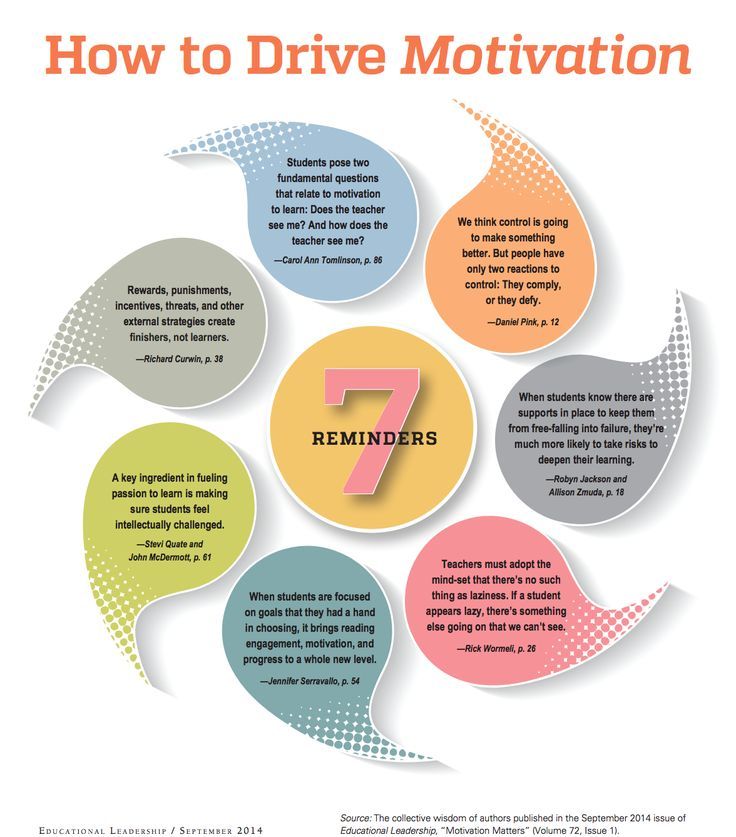
It’s equally as important to let your child make their own decisions when it comes to the type of play activities they want to engage in. If your child enjoys exploring more than they enjoy fantasy play, let them explore.
Also, remember that children’s interests change. For instance, today, they may take an interest in painting and want to do it the whole day. Then, next weekend, they may be done with painting and want to build a fort underneath the coffee table.
So, don’t worry too much if your young learner isn’t showing interest in particular activities. The interest can develop over time. In the meantime, give them the freedom to explore what they love right now.
Give Your Child A Dedicated Space
Children know how to make a freshly cleaned room look like a tornado just hit it! As a parent, it can be frustrating to let your child continue playing and having fun while watching your home being turned upside down.
To help, designate a specific room or space (e. g., a corner in the living room or outside) for your child to play in. Then, let them play and explore whatever activities they wish within that space. They can draw, do a puzzle, dress up, or even build that fort!
g., a corner in the living room or outside) for your child to play in. Then, let them play and explore whatever activities they wish within that space. They can draw, do a puzzle, dress up, or even build that fort!
Having a play environment or a dedicated space where your child is free to use their imagination is a great way for them to learn and develop new skill sets.
Learn Through Play With HOMER
Learning through play is an important part of your child’s skill development and can encourage creativity and imagination as well as learning.
By implementing the play ideas above — from language play to fantasy play and everything in-between — your child will be having so much fun they won’t even realize they’re learning valuable lessons along the way!
The Learn with Sesame Street app is an effective tool that helps kids learn and develop their social and emotional skills. With the help of their Sesame Street friends, kids learn how to express their emotions, empathize with others, and create healthy relationships. Explore the Learn with Sesame Street app today!
Explore the Learn with Sesame Street app today!
Happy playing!
Author
The value of the game in the life of a child » Department for Family and Childhood of the city of Krasnodar
OFFICE OF ISSUES
FAMILIES AND CHILDREN
OFFICIAL INTERNET PORTAL
phone (861) 277-30-80 print (861) 251-64-21
Contents of this page
Play is one of the most important activities for a child. A game for a child is not just entertainment or a way to spend free time, it is a necessary condition for the mental and physical development of the child. The game performs several functions.
Training and development .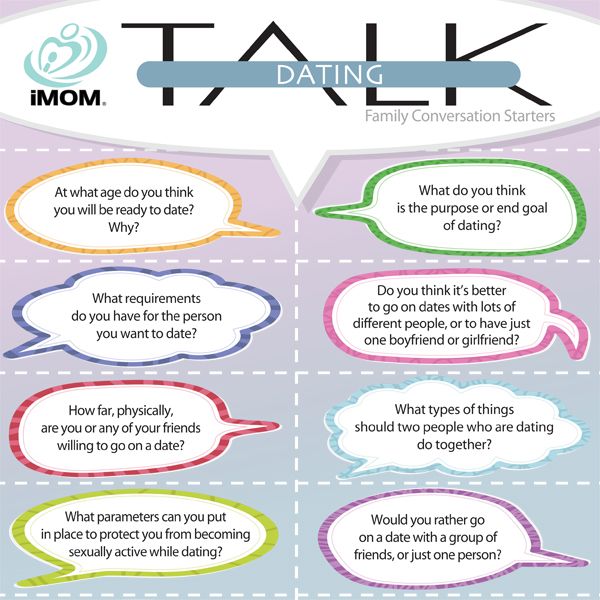 Through the game, the child learns new skills and develops speech, thinking and logic, memory, attention and other mental functions. This applies not only to special "learning" games. For example, making something from plasticine, the child develops fine motor skills, learns to differentiate colors and geometric shapes. Outdoor games promote physical development and strengthen the health of the child. Also, any games develop creativity and imagination. Thus, games contribute to the cognitive and physical development of the child. Knowledge of the world . Through the game, the child explores the world around him, gets acquainted with various phenomena of reality, makes his little discoveries. It is through games that a child learns the laws of physics (a rubber ball floats, but a car does not!), learns about the diversity of animals, plants, professions, about different countries and cities, etc. Method of communication . A game for a child is also a way to convey to an adult their experiences: joys, anxieties, fears, hopes, expectations.
Through the game, the child learns new skills and develops speech, thinking and logic, memory, attention and other mental functions. This applies not only to special "learning" games. For example, making something from plasticine, the child develops fine motor skills, learns to differentiate colors and geometric shapes. Outdoor games promote physical development and strengthen the health of the child. Also, any games develop creativity and imagination. Thus, games contribute to the cognitive and physical development of the child. Knowledge of the world . Through the game, the child explores the world around him, gets acquainted with various phenomena of reality, makes his little discoveries. It is through games that a child learns the laws of physics (a rubber ball floats, but a car does not!), learns about the diversity of animals, plants, professions, about different countries and cities, etc. Method of communication . A game for a child is also a way to convey to an adult their experiences: joys, anxieties, fears, hopes, expectations. Often, through the game, the child tells his parents something important about himself and learns something important about his parents. The game is a way to be closer, to feel the support, care and love of parents. Therefore, it is very important that parents find time to play together with their child. Development of social skills and introduction to social roles . In games, children learn to follow the rules, control their behavior, develop communication skills with peers and adults. The game contributes to the assimilation of moral and moral norms by children: through the game, children learn about the concepts of "good" and "bad", "good" and "evil", etc. In games, children learn different social roles: they learn to be parents, friends, teachers, doctors, kings and presidents. Many games develop independence and responsibility, teach the child to overcome difficulties, take care of others, give gifts and share. Working through feelings and learning to manage emotions .
Often, through the game, the child tells his parents something important about himself and learns something important about his parents. The game is a way to be closer, to feel the support, care and love of parents. Therefore, it is very important that parents find time to play together with their child. Development of social skills and introduction to social roles . In games, children learn to follow the rules, control their behavior, develop communication skills with peers and adults. The game contributes to the assimilation of moral and moral norms by children: through the game, children learn about the concepts of "good" and "bad", "good" and "evil", etc. In games, children learn different social roles: they learn to be parents, friends, teachers, doctors, kings and presidents. Many games develop independence and responsibility, teach the child to overcome difficulties, take care of others, give gifts and share. Working through feelings and learning to manage emotions .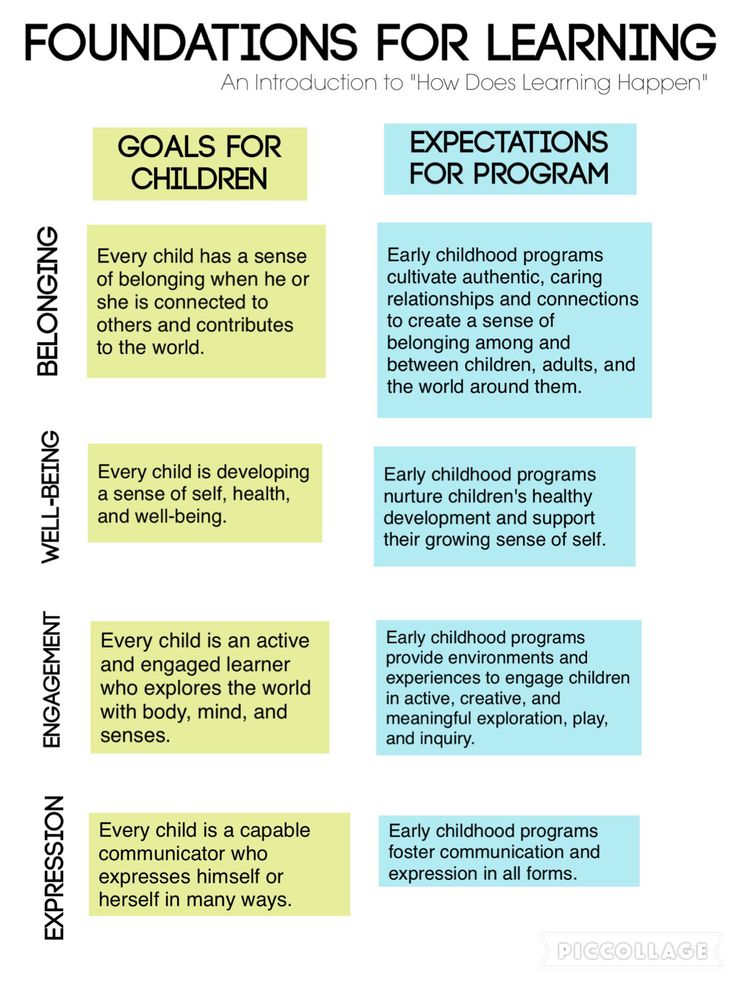 Often the game becomes a way for the child to cope with their difficult experiences, to express their feelings of fear, anger, resentment, sadness, shame. This is especially important for children who have a difficult experience behind them: playing with toys, they can reproduce how they were treated. If a child is afraid of the dark, he can play a game in which he puts his toys in dark places, and then consoles them and says that it is not scary: in this way the child copes with his fear. Also, through the game, the child learns to manage his emotions and control them. Pleasure and joy . The game brings pleasure, joy and a lot of other positive emotions to the child - and the significance of this cannot be underestimated (after all, even for adults, positive emotions are very important: they support us, help us develop and look at life positively). Also, through the game, the child learns to be proud of his success, which supports his self-esteem. Adequate self-esteem is the key to the full development of the individual.
Often the game becomes a way for the child to cope with their difficult experiences, to express their feelings of fear, anger, resentment, sadness, shame. This is especially important for children who have a difficult experience behind them: playing with toys, they can reproduce how they were treated. If a child is afraid of the dark, he can play a game in which he puts his toys in dark places, and then consoles them and says that it is not scary: in this way the child copes with his fear. Also, through the game, the child learns to manage his emotions and control them. Pleasure and joy . The game brings pleasure, joy and a lot of other positive emotions to the child - and the significance of this cannot be underestimated (after all, even for adults, positive emotions are very important: they support us, help us develop and look at life positively). Also, through the game, the child learns to be proud of his success, which supports his self-esteem. Adequate self-esteem is the key to the full development of the individual.
Published by
August 24, 2016
Advice for families
Kushnarenko I.B.
Share publication:
Play is child development
Parental Advice:
"Play is the development of the child"
For some reason, many adults have developed a dismissive attitude towards the game as an empty pastime. Such adults try to turn any activity with a child into a semblance of a school lesson: the kid must sit at a desk, demonstrate complete seriousness, accuracy, he is not allowed any fiction, and they are required to complete tasks only according to the model. Since this is against the nature of the child, there is no result from such activities. The parent gets annoyed, scolds his kid, accuses him of unwillingness to learn, criticizes his mental abilities.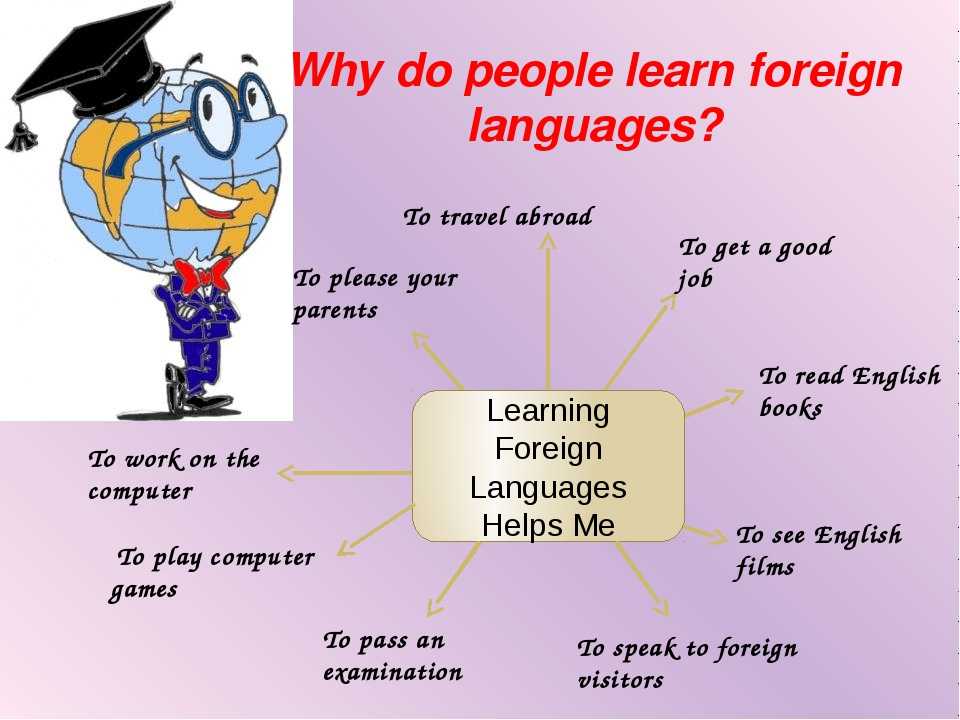 And as a result, the child has tears and complete, to the point of disgust, unwillingness to study. A familiar picture?
And as a result, the child has tears and complete, to the point of disgust, unwillingness to study. A familiar picture?
What happens to the child in the game? In the game, the child learns to subordinate his behavior to the rules of the game, learns the rules of communication with people, develops his mental abilities and cognitive interests. Playing for a child is serious business.
The main components of the game are: didactic task, game actions, game rules, result and didactic material.
The main goal of any didactic game is educational, which is why the main component in it is the didactic task, which is hidden from the game. The child is simply playing, but according to the inner psychological meaning, this is a process of direct learning.
Game rules. The main purpose of the rules is to organize the actions and behavior of children. Rules can prohibit, allow, prescribe something to children in the game, make the game entertaining, tense. The more rigid the rules, the more intense the game becomes.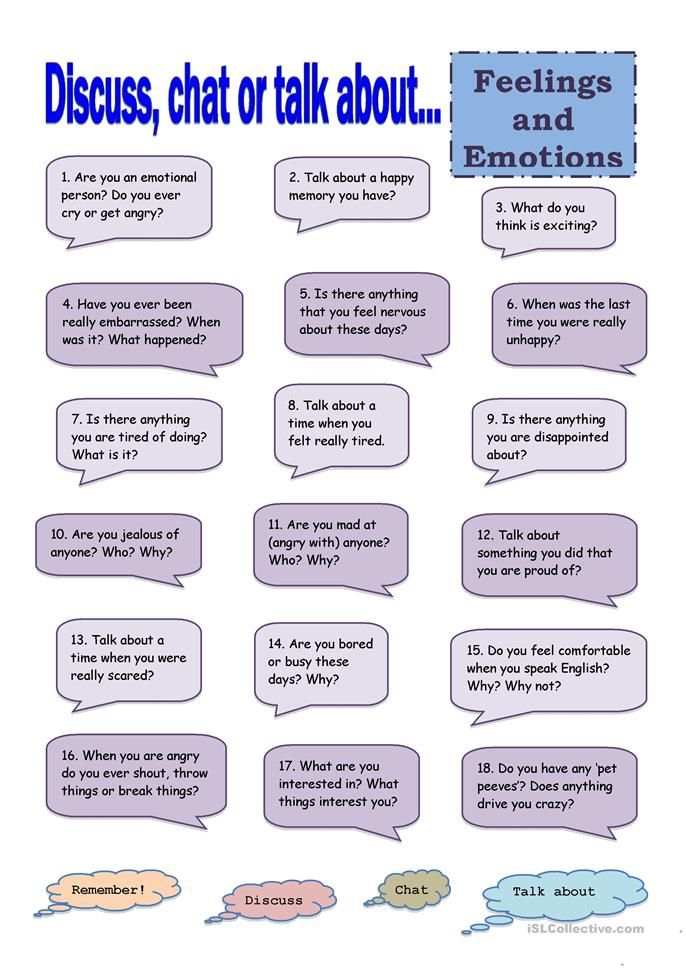
Conditions that ensure compliance with the rules in a didactic game: firstly, it is a collective organization of activities, when the players coordinate their actions and control the implementation of the rules by their peers, and secondly, the creation of associations of different ages, when the elders pass on their gaming experience to the kids. Thus, without rules, the didactic game would develop spontaneously. The didactic task was not solved.
In preschool pedagogy, the whole variety of didactic games is combined into three main types: games with objects (toys), natural material, desktop-printed and word games.
Object games use toys and real objects. Playing with them, children learn to compare, establish similarities and differences between objects. The value of these games is that with their help children get acquainted with the properties of objects, size, quality, color. In games, tasks are solved for comparison, classification, and sequencing. As children acquire new knowledge about the object environment, tasks in games become more complicated: children practice in identifying an object by any one quality, combine objects according to this feature (color, shape, purpose, quality), which is very important for the development of abstract logical thinking.
Games with natural material always arouse in children a desire for keen interest, a desire to play. Plant seeds, leaves, pebbles, various flowers, all this is used in working with children when organizing and conducting didactic games. Such games allow the educator to conduct them during a walk, directly in contact with nature, while children's knowledge of their natural environment is consolidated, thought processes and operations (analysis, synthesis, classification) are formed, and along with this, a love for nature is brought up and respect for it.
Board games are an interesting activity for children. They are diverse in types: lotto, dominoes, paired pictures. The simplest task in such a game is to find two identical pictures among different pictures. Then the tasks become more complicated: the child combines the pictures not only in appearance, but also in meaning. Compilation of various pictures and cubes. The task of this type of game is to teach children logical thinking, to develop their ability to compose a whole object from separate parts. A complication in these games can be an increase in the number of parts, as well as the establishment of content, plot pictures. Description, story about the picture showing actions, movements. In such games, a learning task is set: to develop not only the speech of children, but also imagination, creativity. In such games, such valuable qualities of the child's personality as the ability to reincarnate, to creative search in creating the necessary image are formed.
A complication in these games can be an increase in the number of parts, as well as the establishment of content, plot pictures. Description, story about the picture showing actions, movements. In such games, a learning task is set: to develop not only the speech of children, but also imagination, creativity. In such games, such valuable qualities of the child's personality as the ability to reincarnate, to creative search in creating the necessary image are formed.
Word games. They are built on the words and actions of the players. In such games, children learn based on their existing ideas about objects, deepening their knowledge of them, because. it requires the use of previously acquired knowledge in new connections, in new circumstances. Children must independently solve various mental tasks: describe objects, highlighting their characteristic features, guess from the description, find similarities and differences, alogisms and judgments. At the older preschool age, when logical thinking begins to actively form in children, word games are more often used in order to form mental activity, independence in solving problems.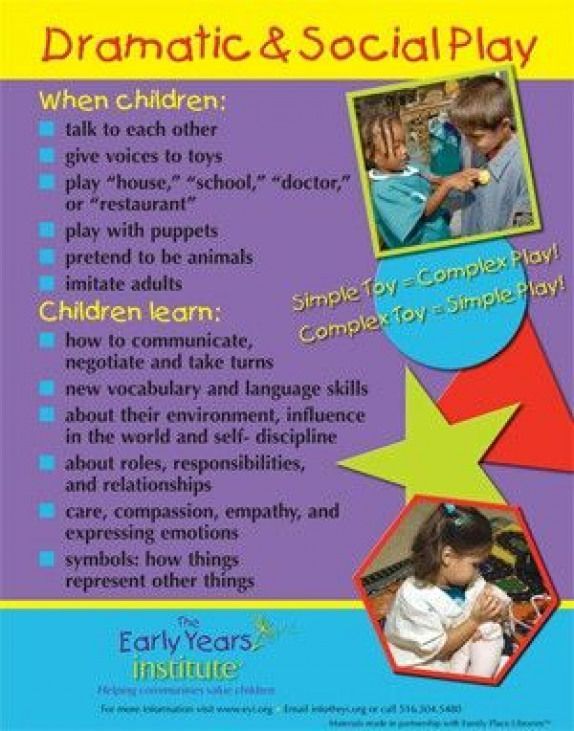 With the help of word games, children are brought up with a desire to engage in mental work. In the game, the very process of thinking proceeds more actively, the child overcomes the difficulties of mental work easily, without noticing that he is being taught.
With the help of word games, children are brought up with a desire to engage in mental work. In the game, the very process of thinking proceeds more actively, the child overcomes the difficulties of mental work easily, without noticing that he is being taught.
1. First of all, they include games with the help of which they form the ability to highlight the essential (main) features of objects, phenomena: “Guess the Radio Shop. Yes No
2. The second group consists of games used to develop in children the ability to compare, contrast, replace alogism to make a correct conclusion
3. In the third group of games, with the help of which the ability to generalize and classify objects according to various criteria is developed, they are combined: “Who needs what, Name three objects
4. In a special fourth group, games for the development of attention, quick wits, quickness of thinking, endurance, sense of humor are allocated: Damaged phone Paint, Flies - does not fly
Vocabulary games are played with toys, objects, pictures and on a verbal basis (verbal).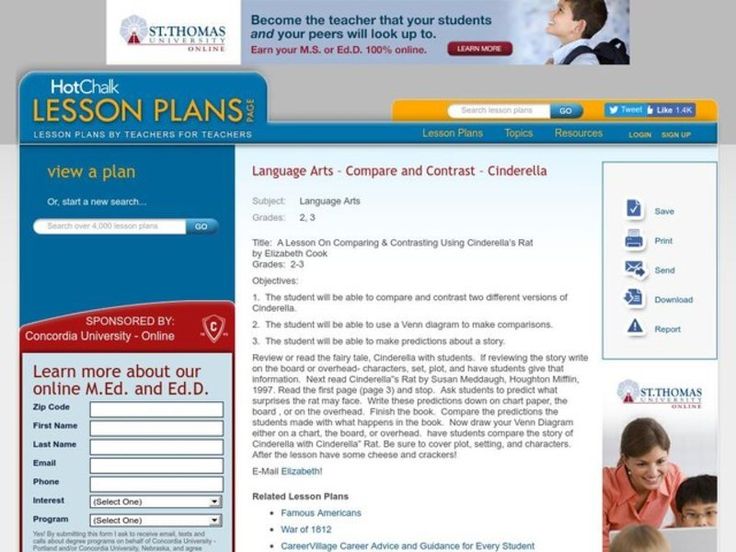 The game develops all aspects of the personality (unlike computer games, which only train one particular skill, and do not develop your child, no matter what those who create and sell them say about it). After such serious statements, it remains to be recognized that the child is simply obliged to play: in order to learn about the world around him, to learn the various rules by which he will have to act in adulthood, to try on various social roles. And all this so that he could find and take his place in life. And what did our ancestors think about the game? How to find out? It is very simple: the attitude to something is fixed in the language in stable phrases. Own game Get involved in the game Play your role Get out of the game Political games Behind the scenes games Idea games, imagination games Play wedding Play with words Play all-in game of shadows Play with fire, etc. Each of us has said these words more than once, without thinking about how long they have existed. So it turns out that the Russian people considered the game a constant and important part of life.
The game develops all aspects of the personality (unlike computer games, which only train one particular skill, and do not develop your child, no matter what those who create and sell them say about it). After such serious statements, it remains to be recognized that the child is simply obliged to play: in order to learn about the world around him, to learn the various rules by which he will have to act in adulthood, to try on various social roles. And all this so that he could find and take his place in life. And what did our ancestors think about the game? How to find out? It is very simple: the attitude to something is fixed in the language in stable phrases. Own game Get involved in the game Play your role Get out of the game Political games Behind the scenes games Idea games, imagination games Play wedding Play with words Play all-in game of shadows Play with fire, etc. Each of us has said these words more than once, without thinking about how long they have existed. So it turns out that the Russian people considered the game a constant and important part of life.


